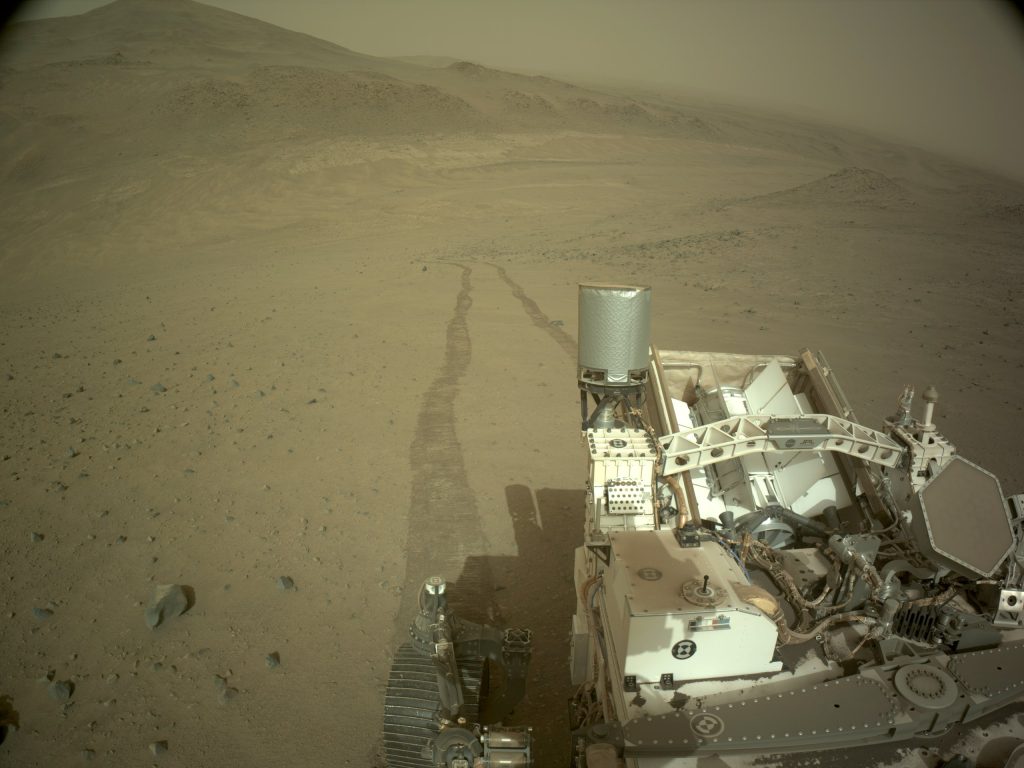
On August 27, 2024, NASA’s Perseverance Rover commenced what could be its most challenging journey yet—a steep climb up the rim of Jezero Crater on Mars.
The ascent marks the initiation of the rover’s fifth science campaign, which aims to explore some of the Red Planet’s most ancient geological features.
The Climb
Perseverance, affectionately known as “Percy,” is set to ascend approximately 1,000 feet (305 meters) up the western rim of Jezero Crater.
This climb will expose the rover to slopes of up to 23 degrees, pushing the limits of its navigational capabilities. The terrain, described as some of the steepest and most challenging the rover has encountered, includes navigating through areas like “Pico Turquino” and “Witch Hazel Hill,” known for their potential hydrothermal activity in Mars’ distant past.
Scientific objectives
The primary goal of this expedition is to collect rock samples from the crater’s rim, which scientists believe could contain the oldest rocks on Mars.
These samples are crucial for understanding the planet’s geological history, climate evolution, and the clues for past life. The rocks at the rim might offer insights into the early Martian environment, possibly revealing signs of ancient habitable conditions.
Technological feats
Perseverance’s climb is a test of its endurance and a showcase of advanced rover technology.
Equipped with auto-navigation capabilities, the rover can assess its path, avoiding hazards like excessive slippage or tilts beyond 30 degrees. This autonomy is vital for navigating the complex terrain without constant human intervention.
Impact on future missions
This mission segment underscores NASA’s broader objectives within the Mars 2020 mission, which include paving the way for future human exploration. The data collected by Perseverance will inform future missions, including the Artemis program’s lunar explorations, as part of NASA’s Moon to Mars exploration approach.